Community health workers: Delivering front-line health innovations
How can innovative health services driven by community health workers achieve sustainability and scale? Devex spoke to four social enterprises about how community health workers are delivering effective health care services to their communities.
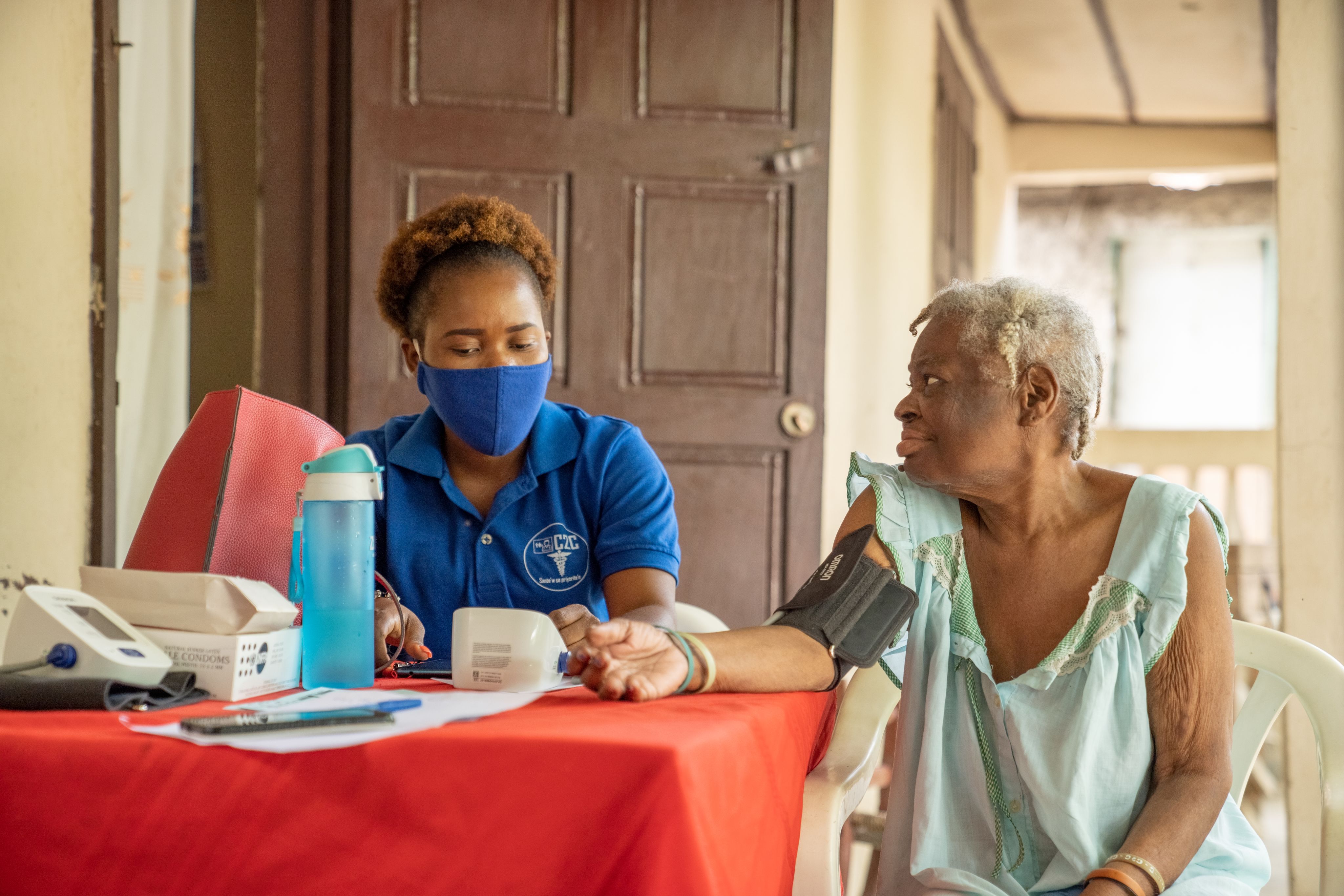
Despite growing interest in harnessing resources to support innovative solutions proven to improve the capacity of health systems, particularly in low- and middle-income countries, only a small proportion of related investments have been able to make an impact at scale.
Community health workers play a critical role in implementing these health innovations — whether new products, services, or delivery models — within the local context to meet the specific health needs of their communities. As a key conduit connecting underserved groups to quality health care at the local level, CHWs help to expand access to primary care. In many places, they are the sole link between the patient and health care.
CHWs are the foundation of health systems, yet at least 115,000 CHWs have lost their lives due to COVID-19, increasing the burden on health infrastructures and remaining staff. This adds to recent estimates that by 2030, there will be a global shortage of more than 18 million health workers. As the pandemic puts increasing pressure on health systems and reduce access to health care worldwide, the need for CHWs will only continue to expand.
In addition to addressing structural barriers such as overall health capacity, social factors, and the strong interpersonal relationships CHWs make with patients, CHWs are crucial when it comes to building trust in the health system within underserved communities.
Clients lining up for services. Photo: North Star Alliance
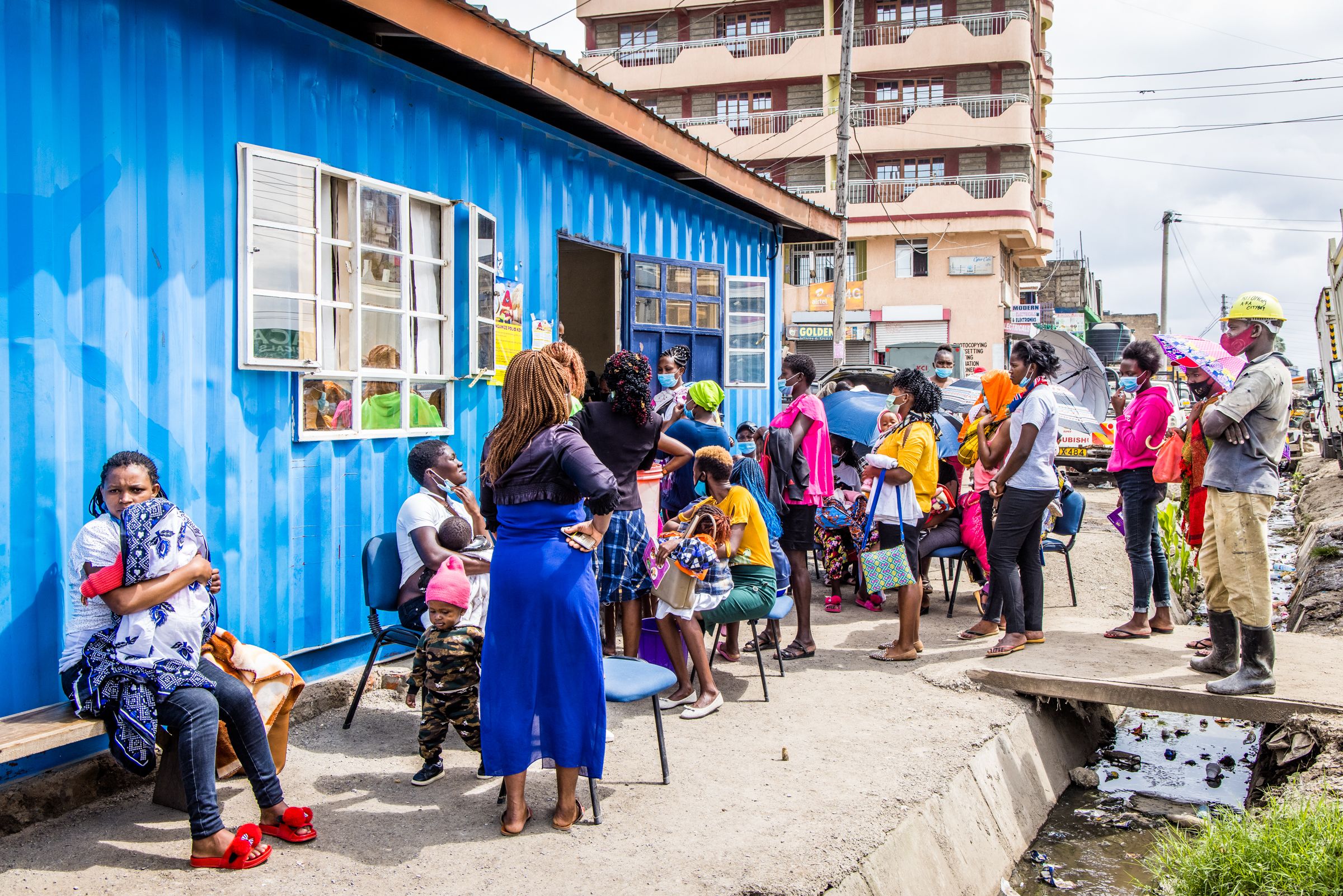
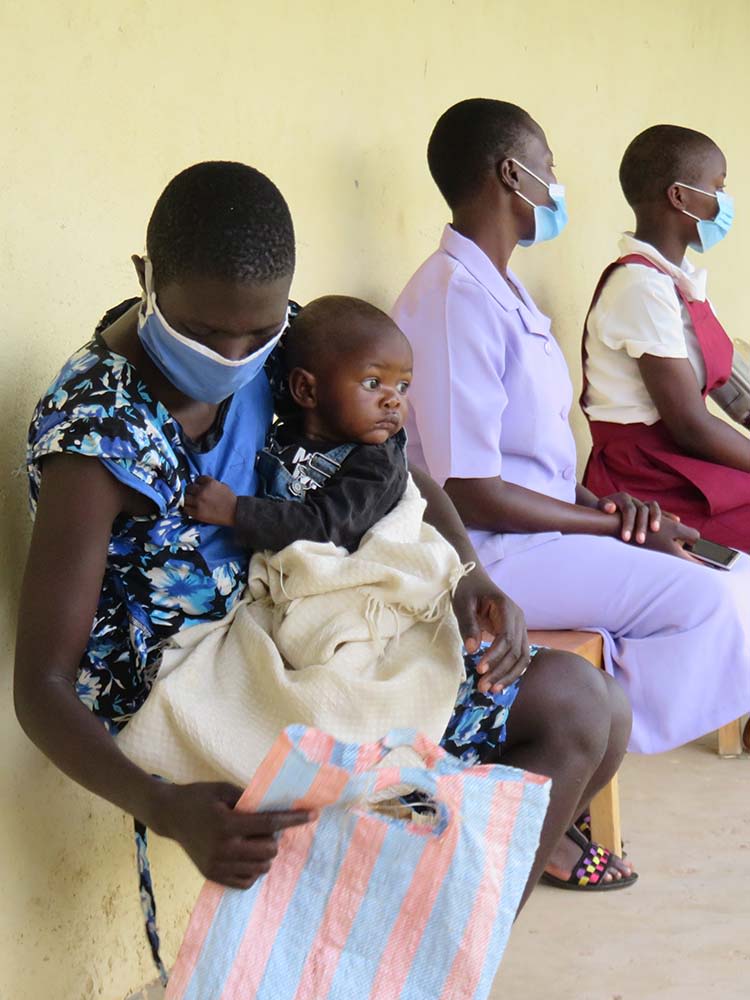
Patients at a community health center waiting to see the clinician. Photo: Afya Research Africa
Patients at a community health center waiting to see the clinician. Photo: Afya Research Africa
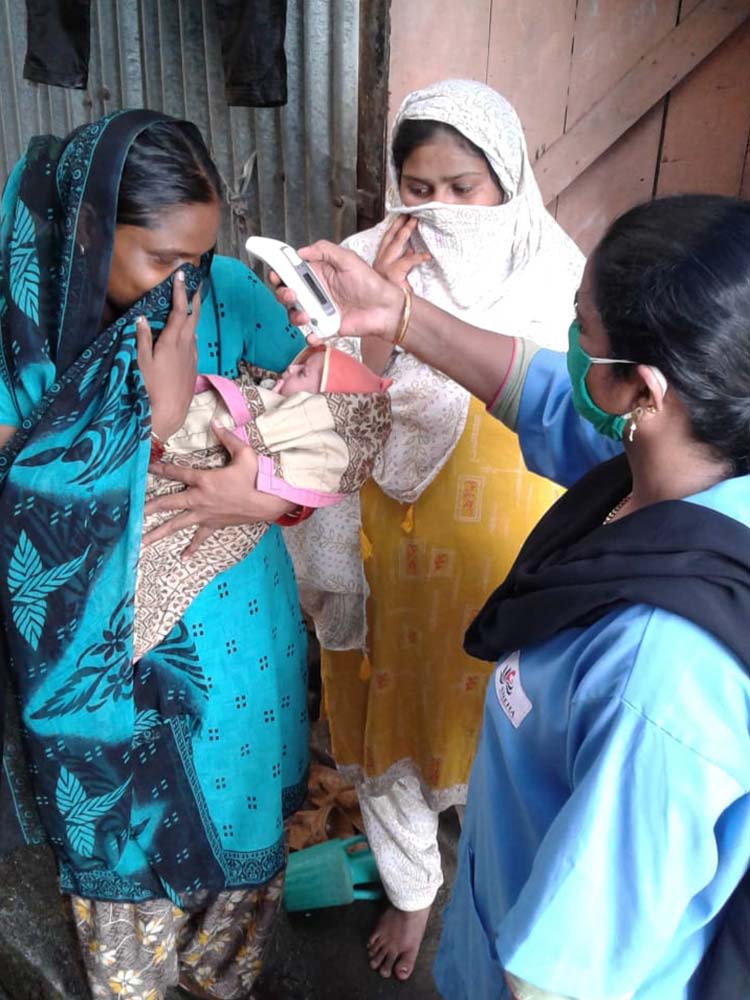
A community health worker making a home visit in Mumbai, India. Photo: SNEHA
A community health worker making a home visit in Mumbai, India. Photo: SNEHA
“If it wasn't for the community health care workers we would not be able to detect some of the most common, neglected diseases for children, such as respiratory infections and typhoid … [the CHWs] have the capacity to influence the community because they are very close to them, and the community trusts them,” said Dr. Richard Wilnick, chief medical officer at Care 2 Communities, a network of community-based clinics in Haiti.

Patients at a community health center waiting to see the clinician. Photo: Afya Research Africa
CHWs have deep cultural and social contextual knowledge to drive and implement new interventions, helping to ensure health services are tailored to local needs — including communicating health information that can improve health behaviors and prevent infectious diseases. They are uniquely positioned to act as community-level educators, organizers, and mobilizers.

A community health worker making a home visit in Mumbai, India. Photo: SNEHA
The Global Health Innovation Grants program, funded by The Pfizer Foundation*, is working to support organizations in accelerating locally based solutions to combat global health challenges. For many organizations supported by the program since it was created in 2016, CHWs have been key to delivering innovative solutions in the front lines.
“[CHWs] provide a critical access point for people to receive care from trusted members of their community, so it is critical that we do not underestimate their importance in being able to reduce health disparities in the communities that they serve.”
— Darren Back, vice president for global health and social impact at Pfizer Inc. and executive director of The Pfizer Foundation
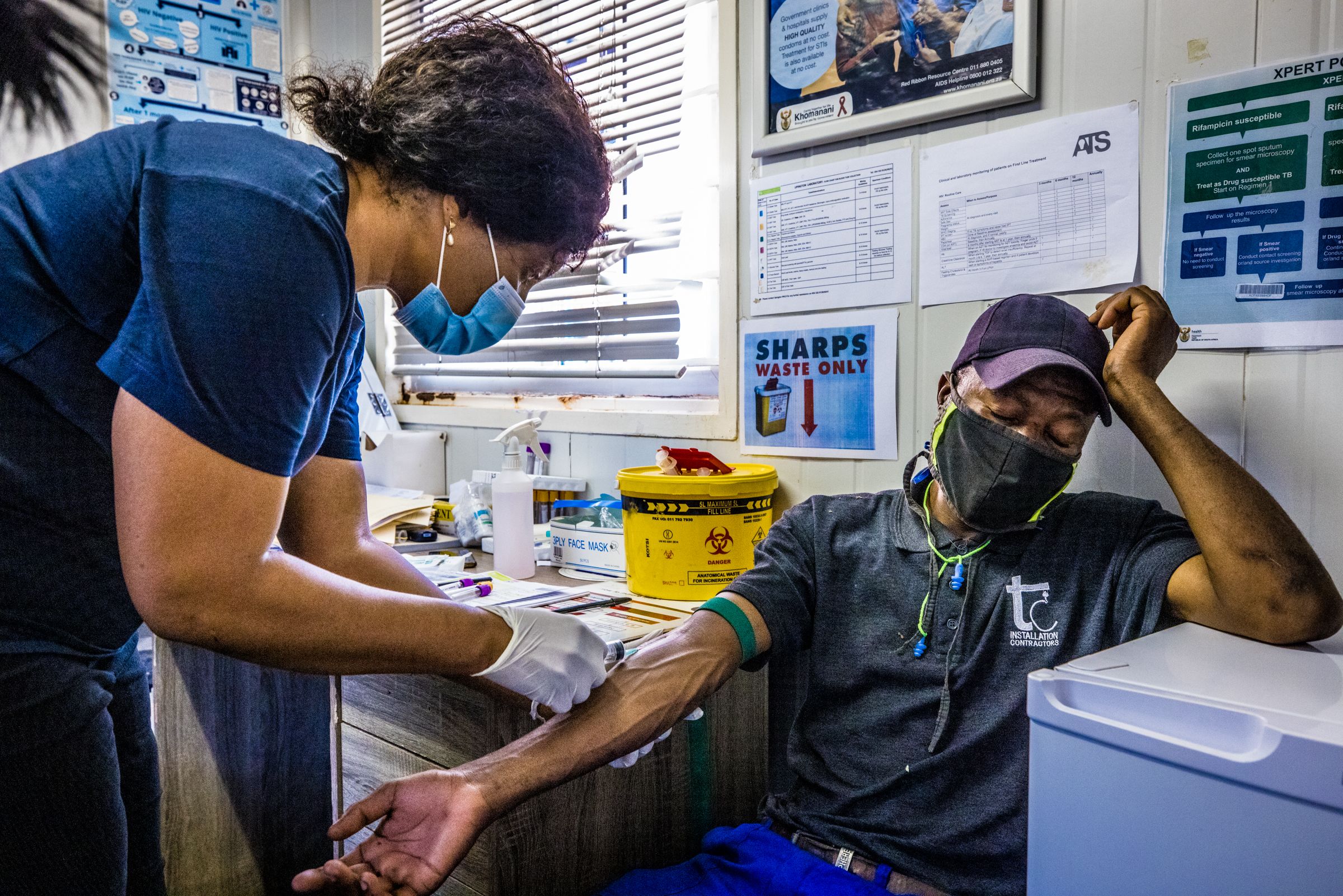
Learn more:
The Global Health Innovation Grants program launched in 2016 with the aim of supporting social entrepreneurs in low-resource settings by accelerating locally driven innovations focused on combating global health challenges, including infectious diseases. Each year, the program provides funding to 20 organizations working to strengthen health systems at the community and primary care levels.
In the last five years, the program has supported nearly 30 organizations, many for multiple funding cycles, in 16 countries across Asia, Africa, and Latin America, helping:
► Treat more than 2.7 million patients in need of medical care.
► Organizations reach 1.3 million patients with lifesaving infectious disease screening and education.
► Train more than 10,000 health care staff.
► Open nearly 700 new health centers.

A mother and child in Mumbai, India. Photo: SNEHA
A mother and child in Mumbai, India. Photo: SNEHA

A nurse at Cato Ridge Roadside Wellness Centre, South Africa, attending to a client. Photo: North Star Alliance
A nurse at Cato Ridge Roadside Wellness Centre, South Africa, attending to a client. Photo: North Star Alliance
“What we’ve learned during the last five years is that when you are working at the local level — specifically trying to reach those who are often overlooked by the existing health care system — community health workers are often the forgotten heroes,” said Darren Back, vice president for global health and social impact at Pfizer Inc. and executive director of The Pfizer Foundation.

A mother and child in Mumbai, India. Photo: SNEHA
“They provide a critical access point for people to receive care from trusted members of their community, so it is critical that we do not underestimate their importance in being able to reduce health disparities in the communities that they serve,” Back added.

A nurse at Cato Ridge Roadside Wellness Centre, South Africa, attending to a client. Photo: North Star Alliance
Devex spoke to four of the social enterprises in the GHIG program about the ways in which CHWs deliver effective and innovative health care services to their communities.
Establishing trust as the backbone of care
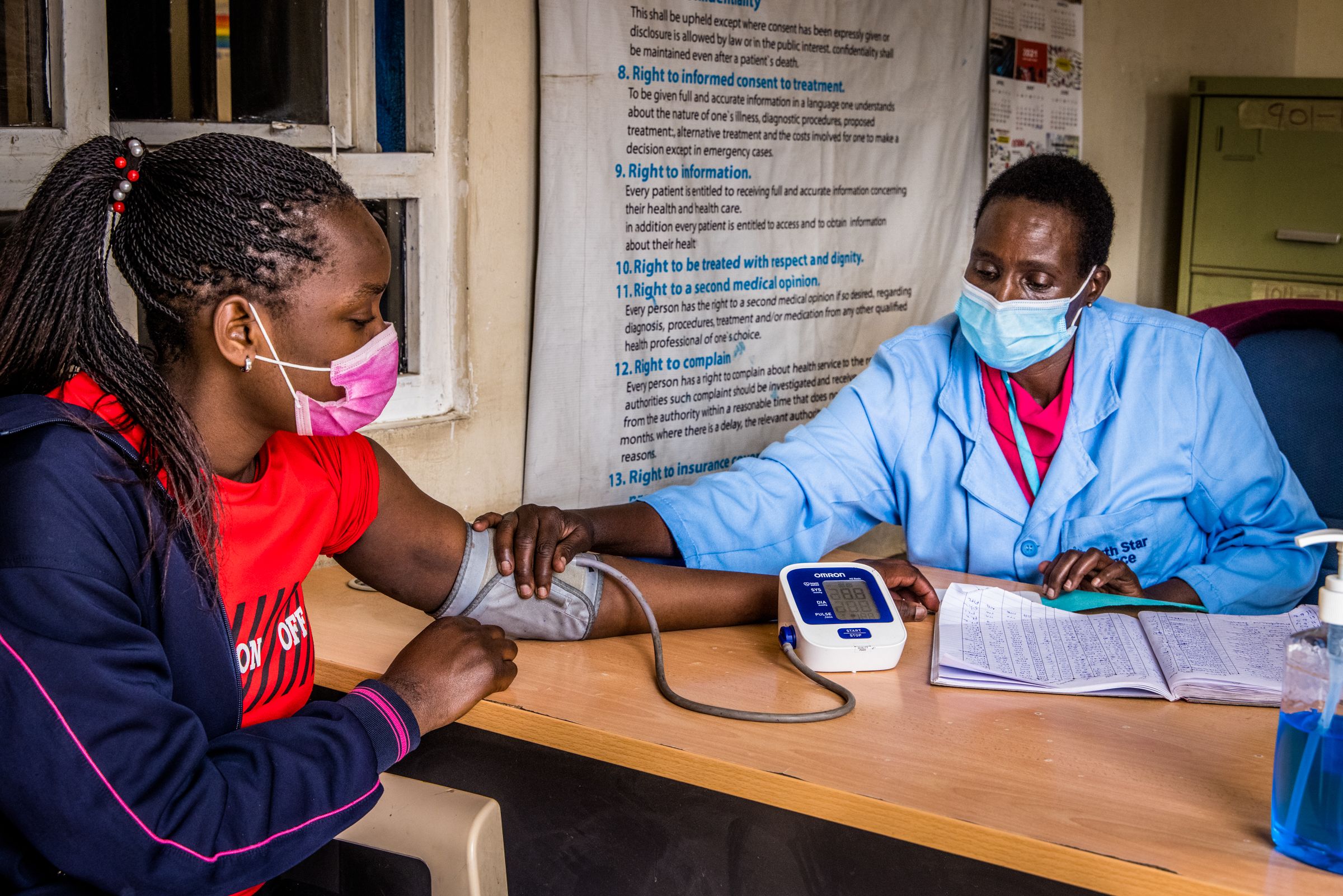
Stacy Wanza has been a peer educator with North Star Alliance in Kenya since 2017. The organization has grown to a network of 28 “Blue Box Clinics” — made from recycled shipping containers painted bright blue — in 10 African countries, where they provide confidential quality care to mobile workers, such as truck drivers, as well as to the communities interacting with these drivers on their routes.
“I start from my community, where I'm also a sex worker, I get to know my peers, how they are doing … generally I talk about their issues per their requests: they might not have enough condoms … or there might be women who are not feeling well, so I refer them to the clinic or I even take them there,” Wanza said.
Every week, she sees about 60 to 80 individuals, and as a member of the community herself, she knows the issues they experience firsthand. “I got information about [sexually transmitted infections], about HIV, everything that those girls face everyday … I make sure they are empowered with that knowledge,” Wanza said.
Peer educators such as Wanza have come to play an important, trusted role during the COVID-19 pandemic. For example, she can share information regarding prevention measures — such as the use of sanitizer and hand-washing — and ensure people get the right information about things like vaccines, and “not just hearsays,” said Wanza, who has been vaccinated herself.
Helping to ensure access to services
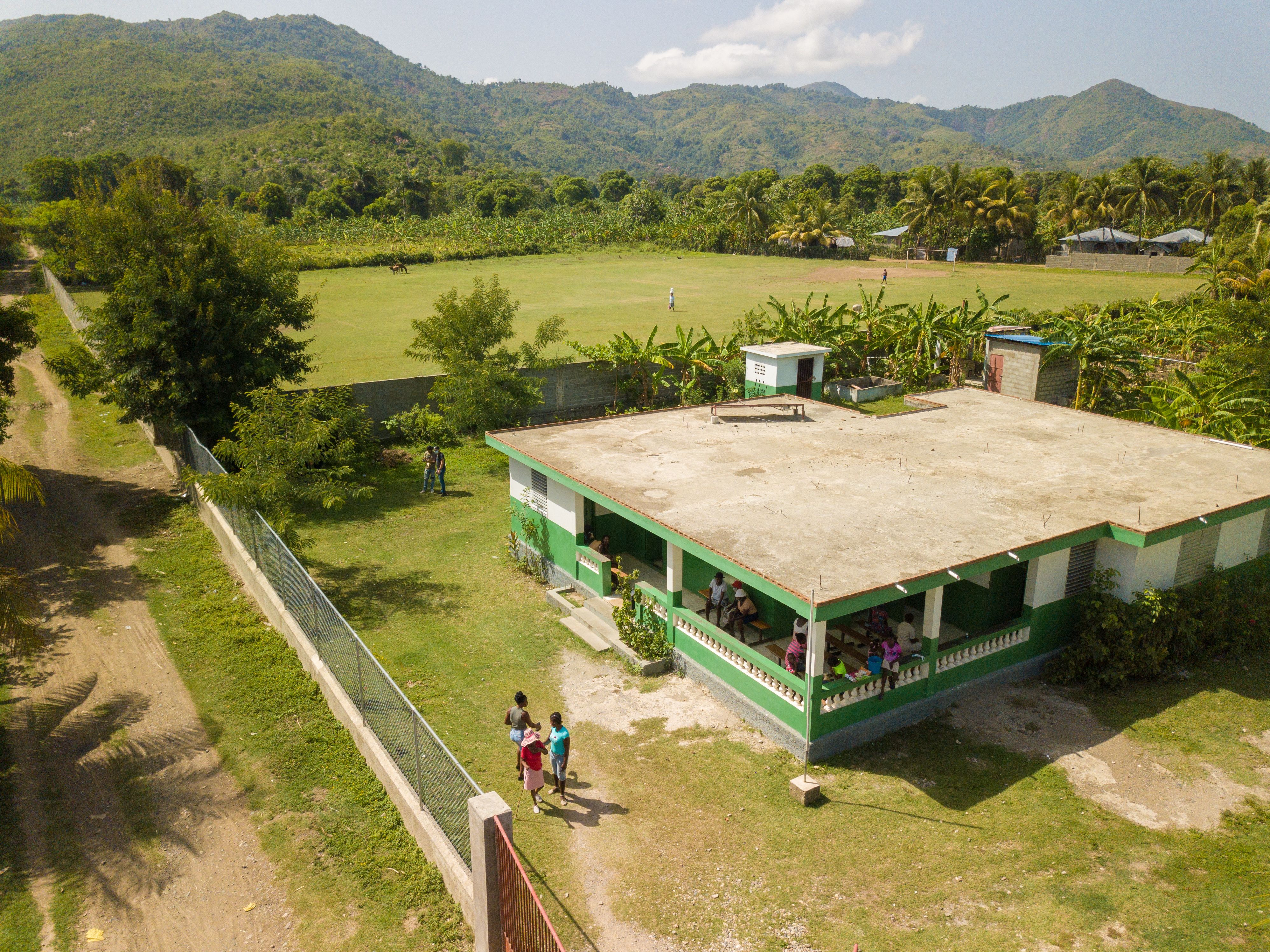
In Haiti, where the health system is still struggling to recover from a magnitude 7.2 earthquake that hit the country in August 2021, in addition to responding to the pandemic, people are now facing the risk of epidemic outbreaks of diseases such as malaria, tuberculosis, and cholera, explained Care 2 Communities’ Wilnick.
Under these circumstances, “most of the population doesn't have access to high quality primary care, either because they don't have the means to pay for it or it's not available on site,” Wilnick said.
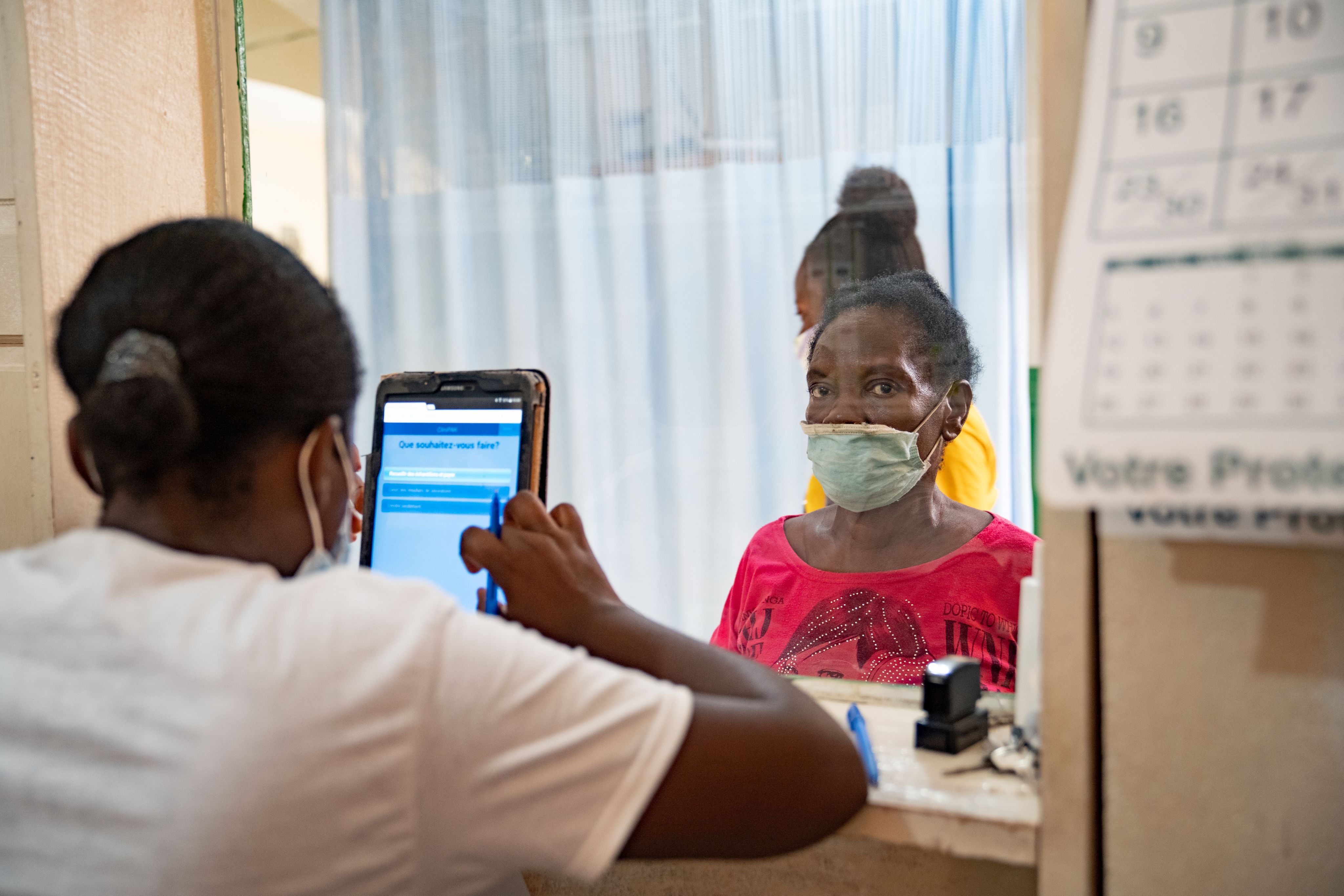
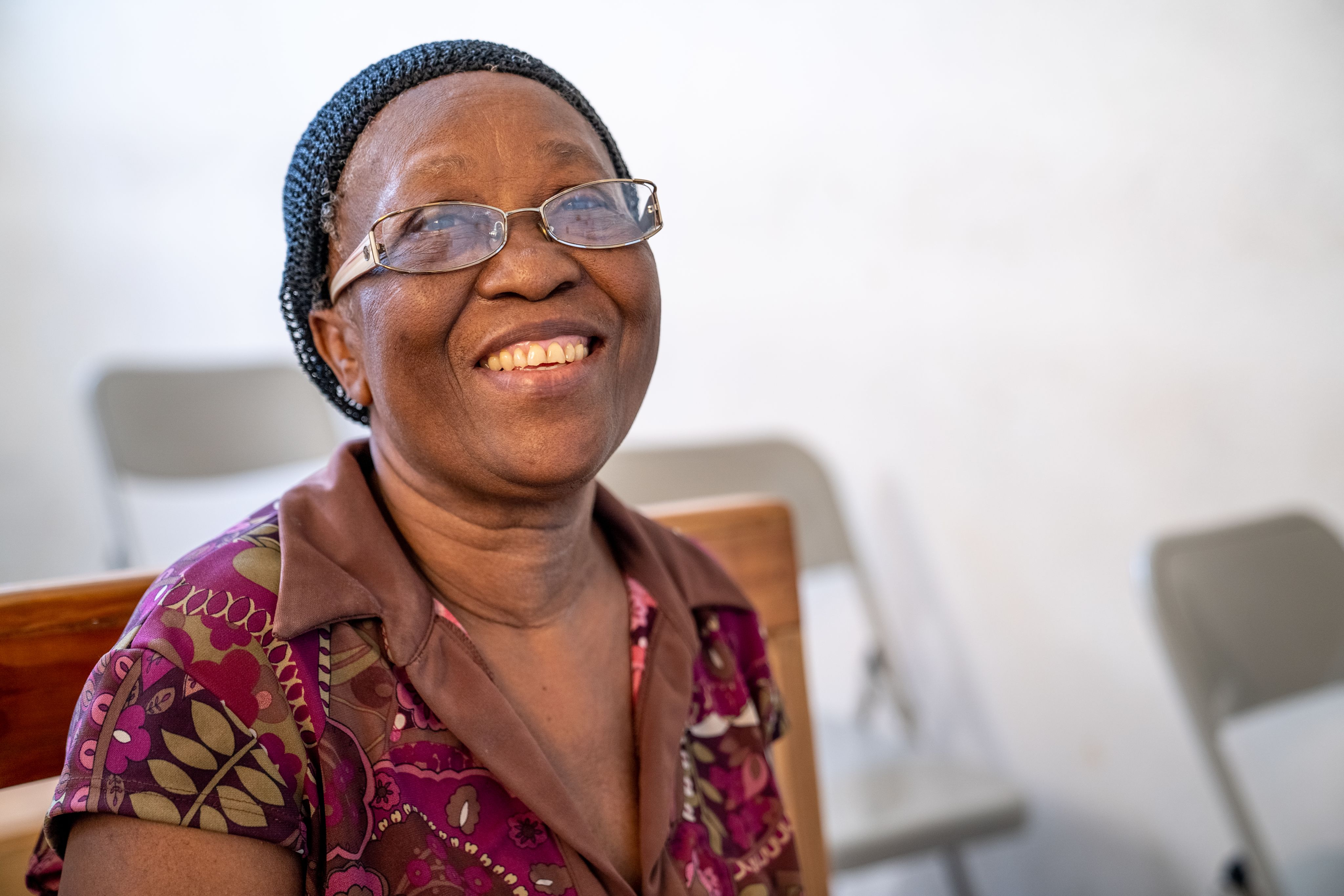
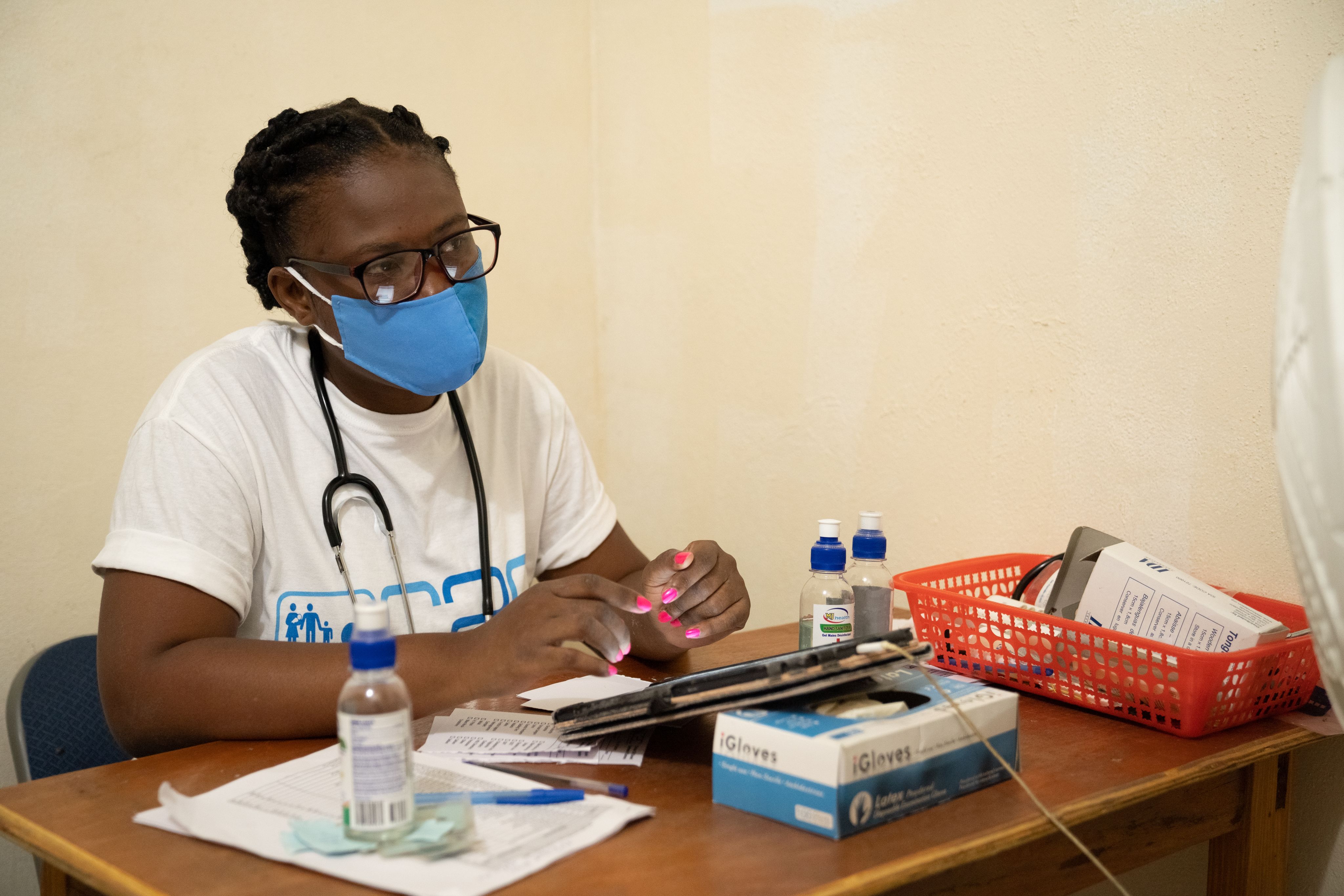

A one-stop-shop model ensures that patients can get all the services they need in one place, from consultation and lab work to medication. Photo: Care 2 Communities
A one-stop-shop model ensures that patients can get all the services they need in one place, from consultation and lab work to medication. Photo: Care 2 Communities

A regular patient at the clinic in Savanette in Haiti. Photo: Care 2 Communities
A regular patient at the clinic in Savanette in Haiti. Photo: Care 2 Communities

A medical resident working on the new electronic medical record system at the Cité Chauvel clinic. Photo: Care 2 Communities
A medical resident working on the new electronic medical record system at the Cité Chauvel clinic. Photo: Care 2 Communities
Care 2 Communities’ CHWs are instrumental in their prevention efforts. Every week they host different activities to educate communities about common diseases such as typhoid, TB, and now COVID-19. With the right information, those in the community know what to do if they have symptoms and how to prevent those diseases, Wilnick said.
Supported by funding through the GHIG program, they’ve hired nurses and agents for all seven of Care 2 Communities’ clinics. They’re now able to reach previously underserved populations to screen for acute respiratory infections, hypertension, and diabetes, while also improving child immunization rates, Wilnick said.
Innovating during the pandemic
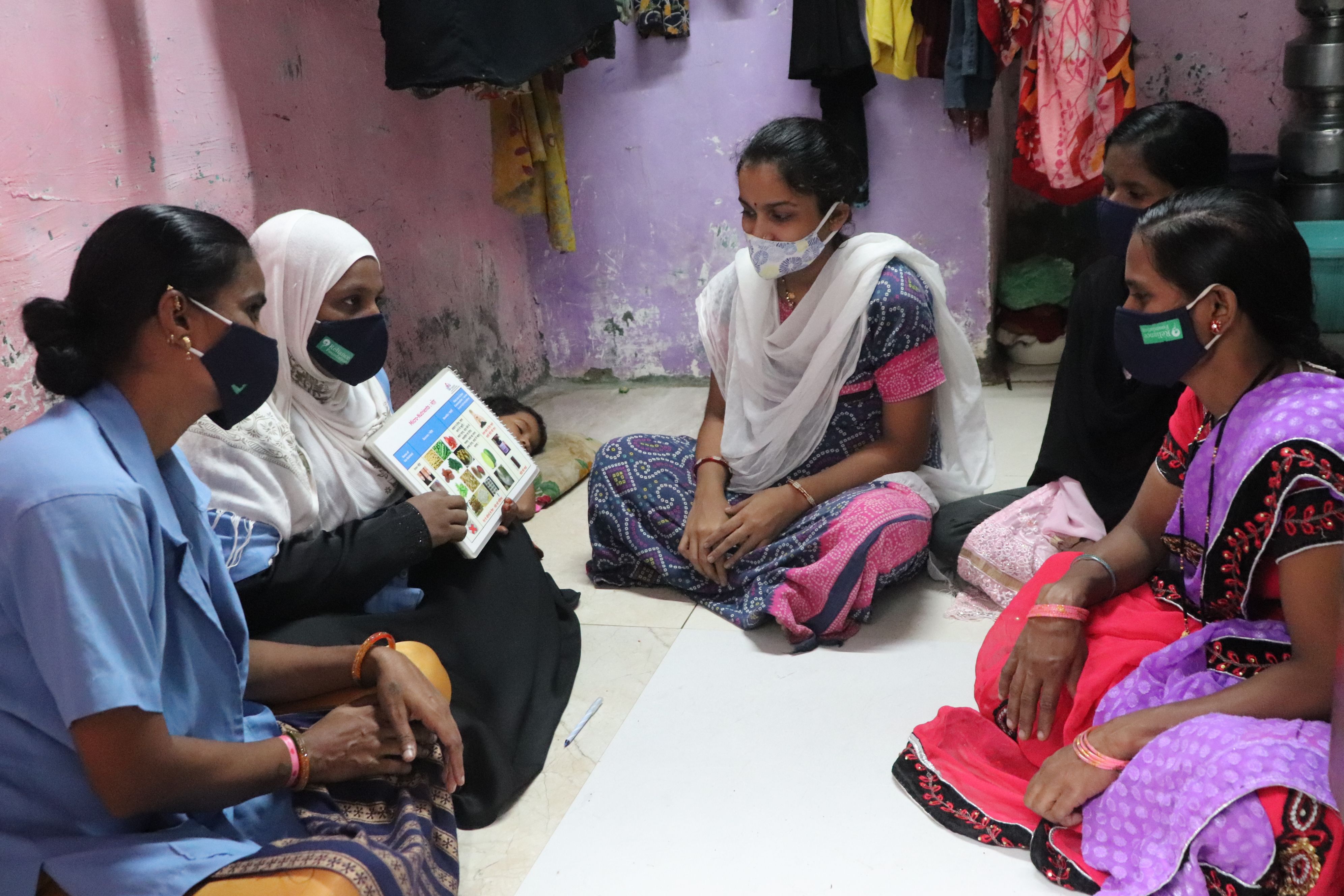
When the COVID-19 crisis made it difficult for CHWs from the Society for Nutrition, Education and Health Action, or SNEHA, to continue conducting home visits in the densely populated areas of Mumbai they normally serve, the organization was quick to adapt.
Social enterprises like SNEHA — which focuses on maternal, child, and adolescent health — have been particularly well positioned to adapt and respond to this crisis, according to a case study by Innovations in Health. The organization shifted away from in-person communications to using telephone hotlines, television broadcasts, and even loudspeaker announcements for community education. They also trained their CHWs in using information technology by getting them on Zoom calls and helping them to open accounts, explained project coordinator Clipsy Banji.
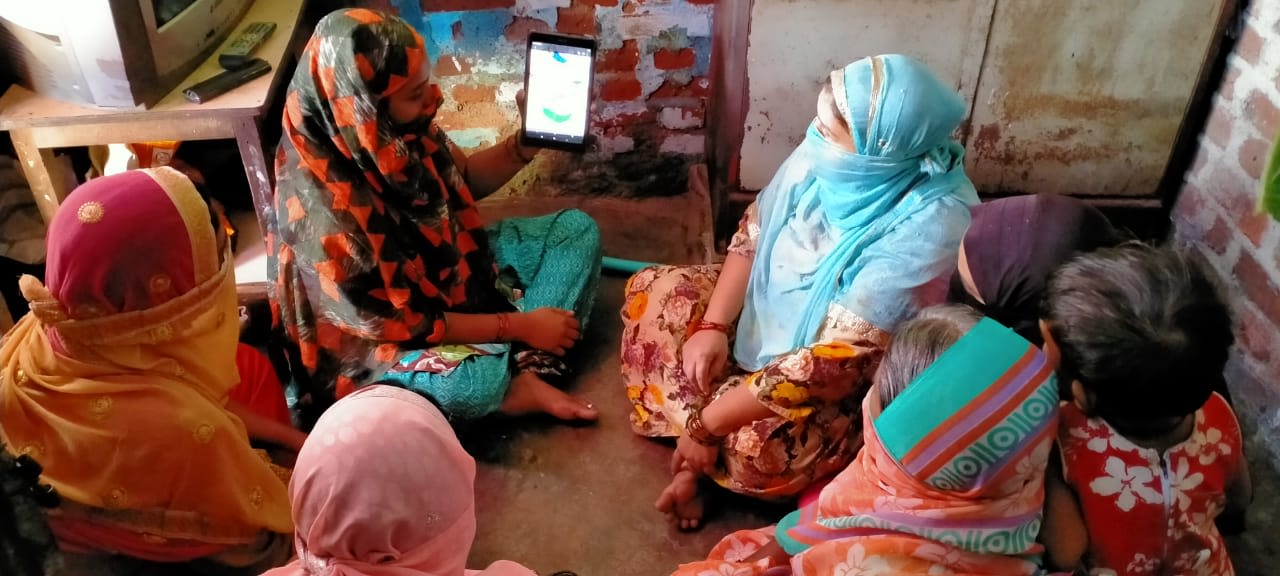
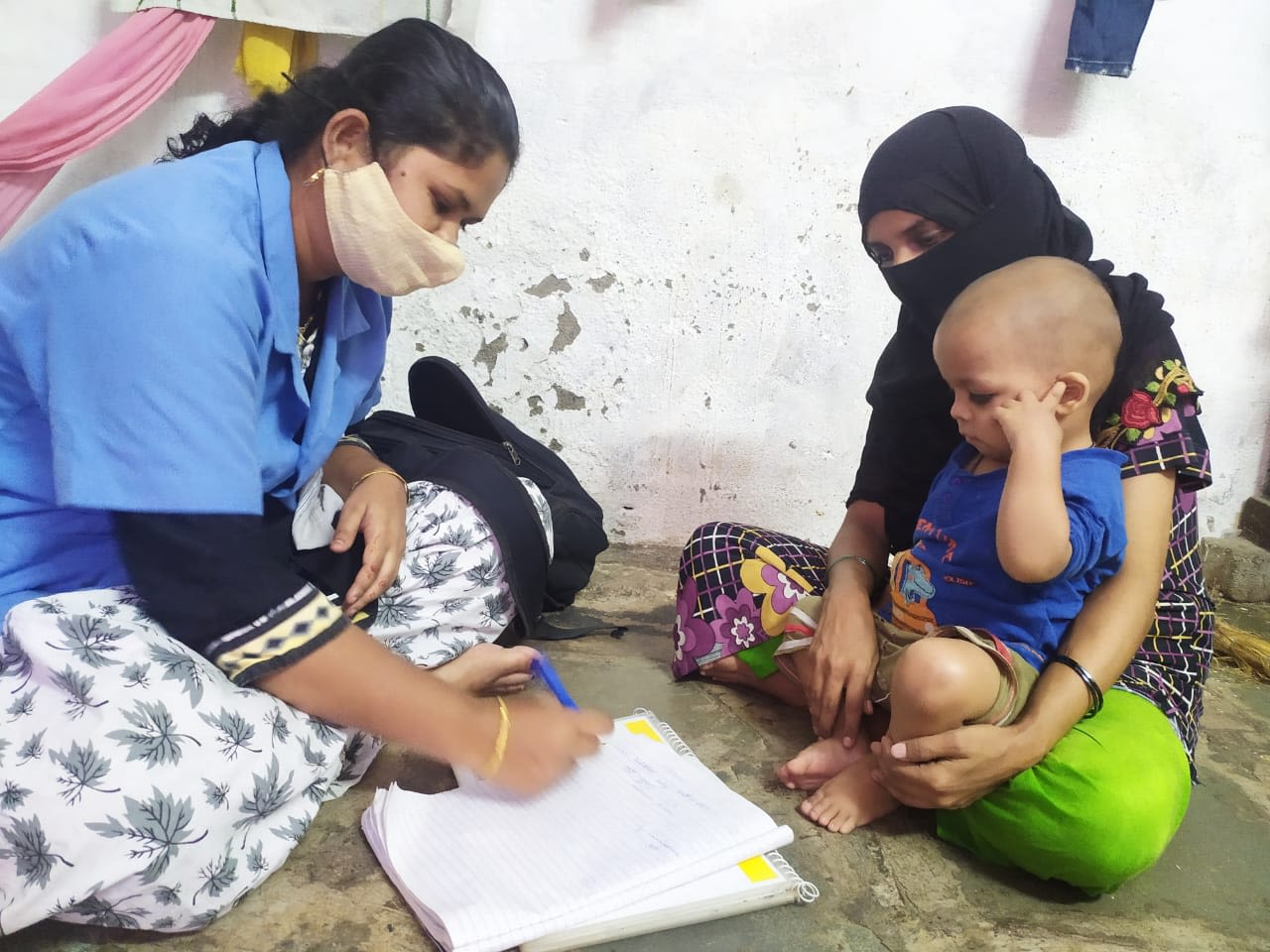
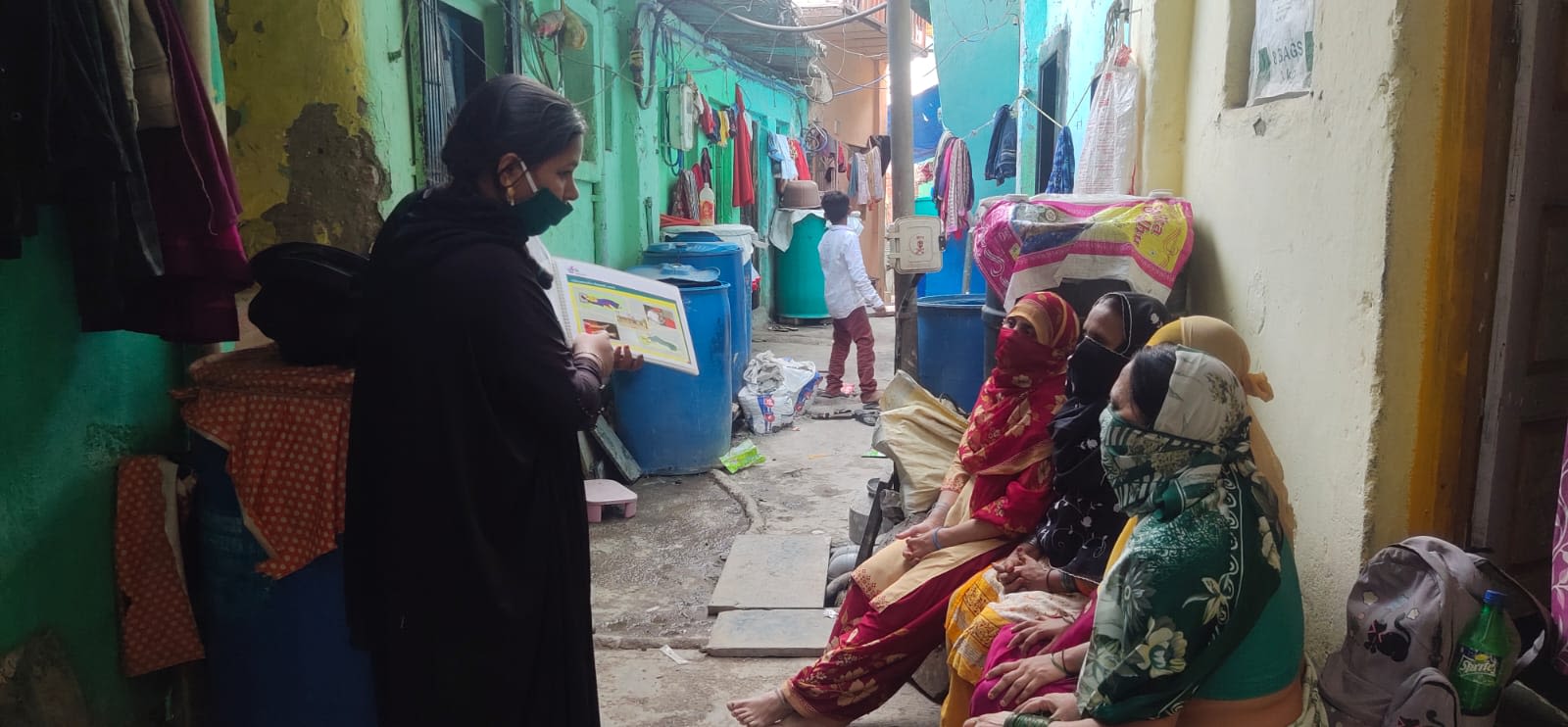

A community volunteer leading a meeting during the COVID-19 pandemic. Photo: SNEHA
A community volunteer leading a meeting during the COVID-19 pandemic. Photo: SNEHA

A home visit for infectious disease detection and screening. Photo: SNEHA
A home visit for infectious disease detection and screening. Photo: SNEHA

Community volunteers leading a meeting to help improve health seeking behavior. Photo: SNEHA
Community volunteers leading a meeting to help improve health seeking behavior. Photo: SNEHA
Through a survey, SNEHA also found that the majority of community members rely on television broadcasts for information, so the team created short videos on COVID-19 prevention and aired them on local cable networks.
“We've created behavior change communication material in the local languages … and we've sent those videos to the beneficiaries,” said Banji. As a result of these efforts, as well as frequent community meetings, many mothers are now able to identify the danger signs and symptoms of infectious diseases in their babies, she explained.
Continuing to scale the impact of local innovators
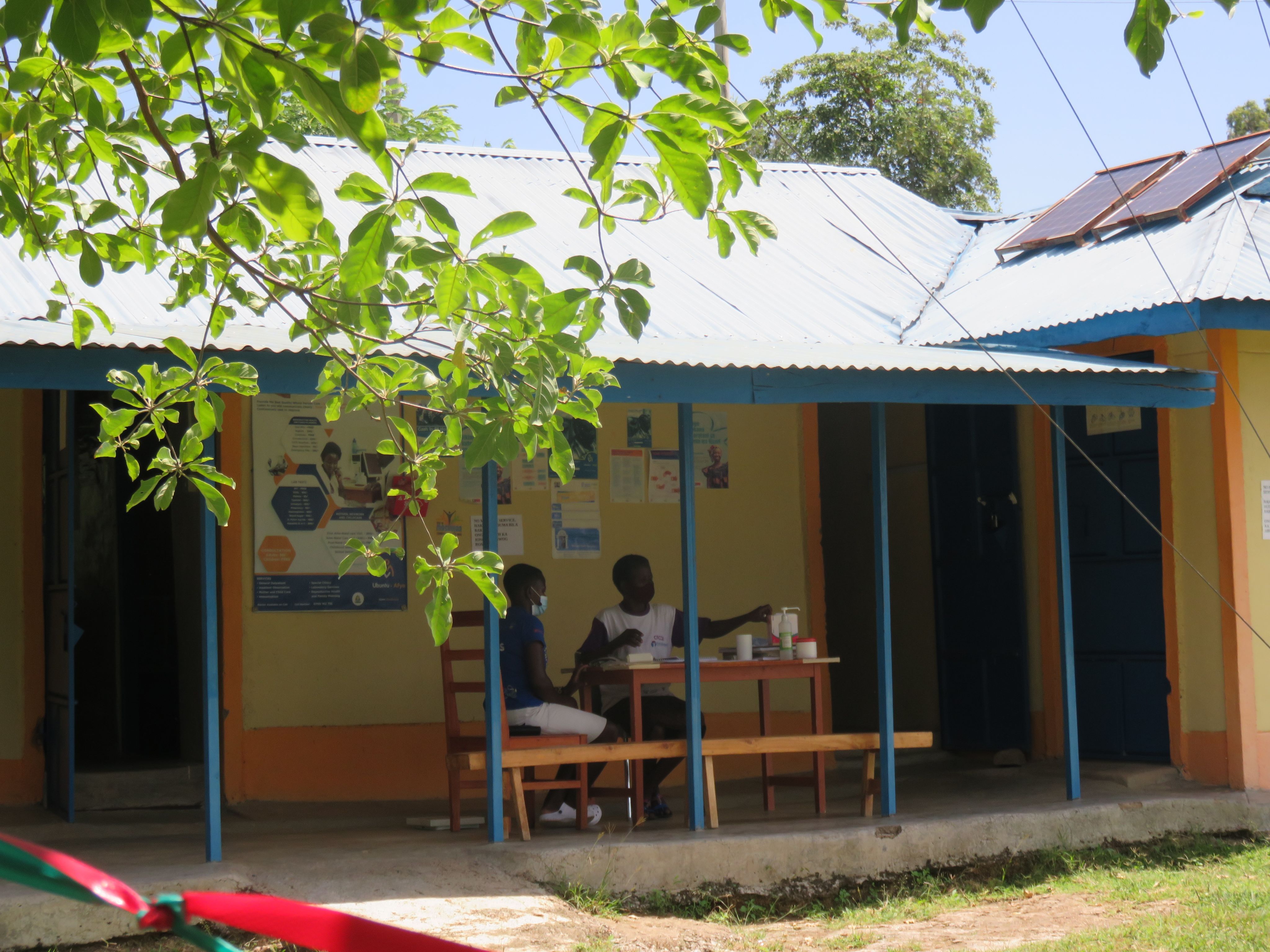
In a remote western corner of Kenya next to Lake Victoria, Afya Research Africa operates one of its 27 Ubuntu-Afya kiosks — small, locally managed medical centers designed specifically for hard-to-reach communities. Many of these centers are set up and co-owned by community groups led by women. “These partnerships enable us to leverage community contributions like labor and managerial oversight, and promote social responsibility and market loyalty,” said Elizabeth Ombech, the organization’s director of operations.
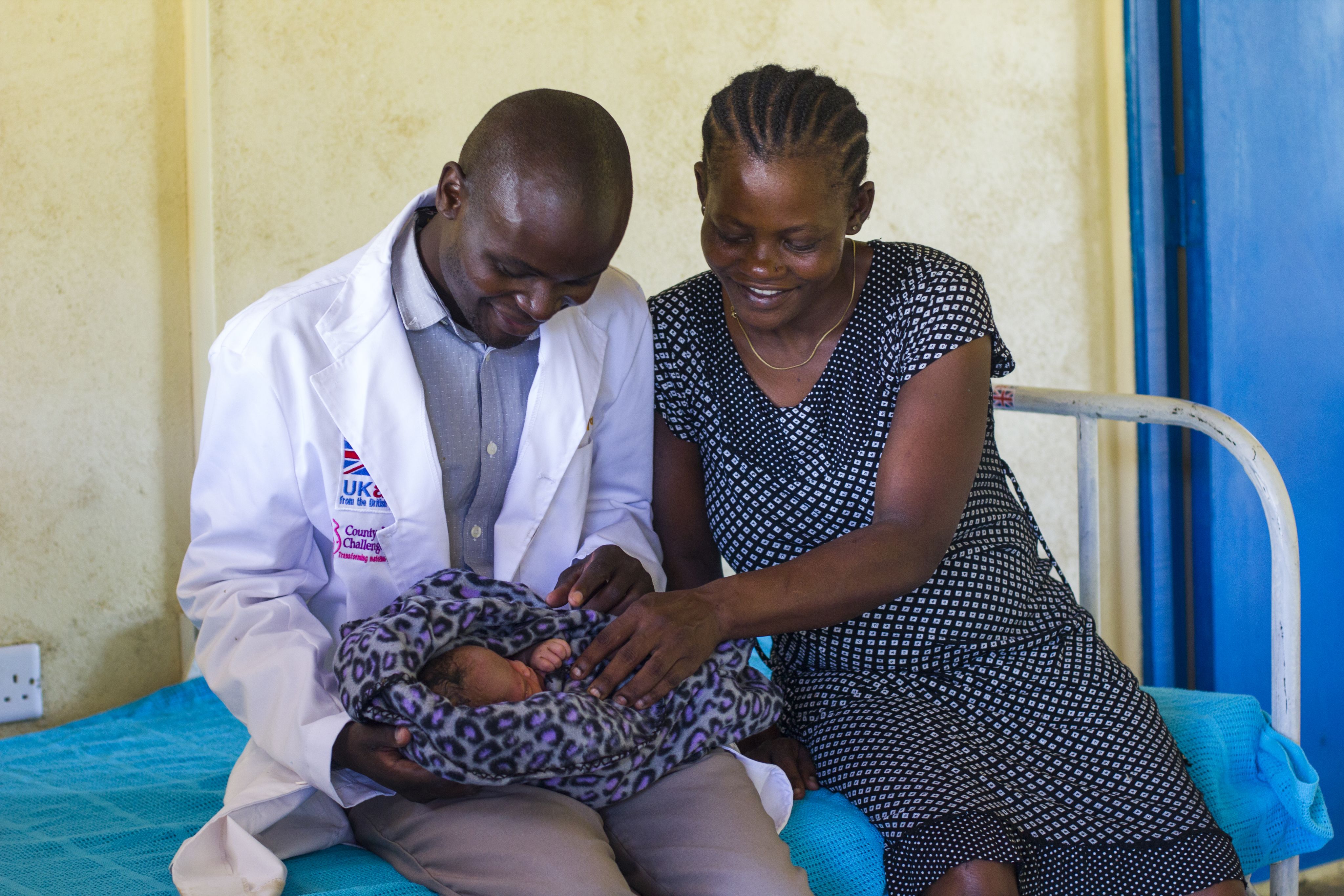

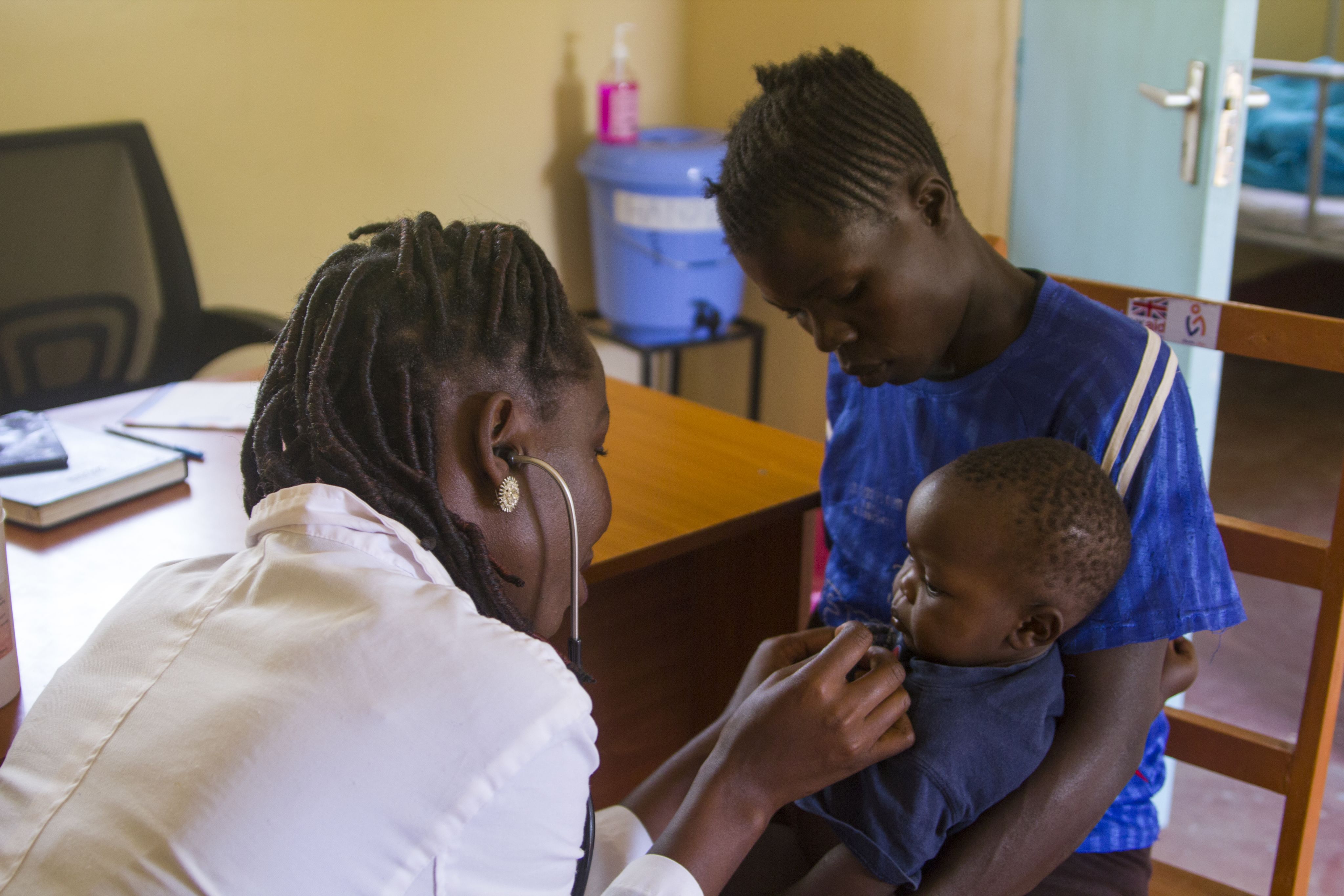

A nurse examining a newborn baby with the mother a few hours after delivery. Photo: Afya Research Africa
A nurse examining a newborn baby with the mother a few hours after delivery. Photo: Afya Research Africa

A clinic administrator at Mfangano Community Medical Centre in Homa Bay County, Kenya. Photo: Afya Research Africa
A clinic administrator at Mfangano Community Medical Centre in Homa Bay County, Kenya. Photo: Afya Research Africa

A clinical officer examining a sick child. Photo: Afya Research Africa
A clinical officer examining a sick child. Photo: Afya Research Africa
Afya Research Africa has been able to scale both its operations and impact through the GHIG program, as the flexible capital and technical support enabled them to experiment and refine services, ultimately leading to the sustainable model that it is now, she explained. It also allowed these centers to reach more patients, including those impacted by infectious diseases, and helped to sustain their services during COVID-19, even when public health systems were under intense pressure, she explained.
“If it wasn't for the community health care workers we would not be able to detect some of the most common, neglected diseases for children, such as respiratory infections and typhoid.”
– Richard Wilnick, chief medical officer, Care 2 Communities
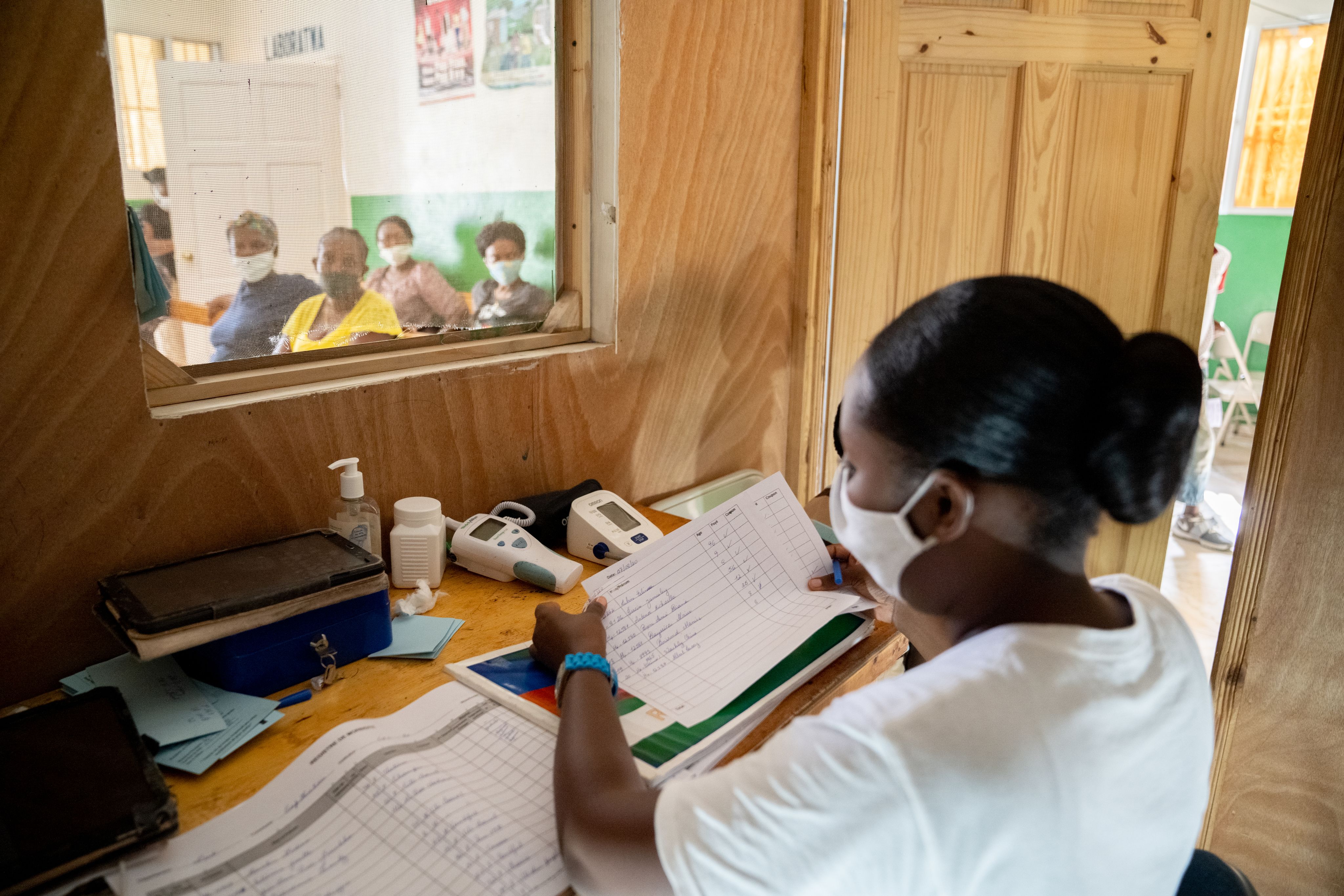
Through the financial and technical support of the GHIG program, and the continued efforts of CHWs on the front lines, these social enterprises have been able to create successful, scaled, and sustainable health services — despite the setbacks because of today’s global health crisis.
“The COVID-19 pandemic has shown that while it’s important to build a strong and coordinated global health response, effective infectious disease control also requires local bespoke interventions specific to each community. Innovative solutions only work if they reflect the specific health needs of the communities they are intended to serve — health solutions that continue to be successfully delivered by our GHIG program partners,” said Back.
*The Pfizer Foundation is a charitable organization established by Pfizer Inc. It is a separate legal entity from Pfizer Inc. with distinct legal restrictions.
Some of the photos featured in this article were taken prior to the start of the COVID-19 pandemic and therefore do not follow the latest COVID-19 safety protocols.



